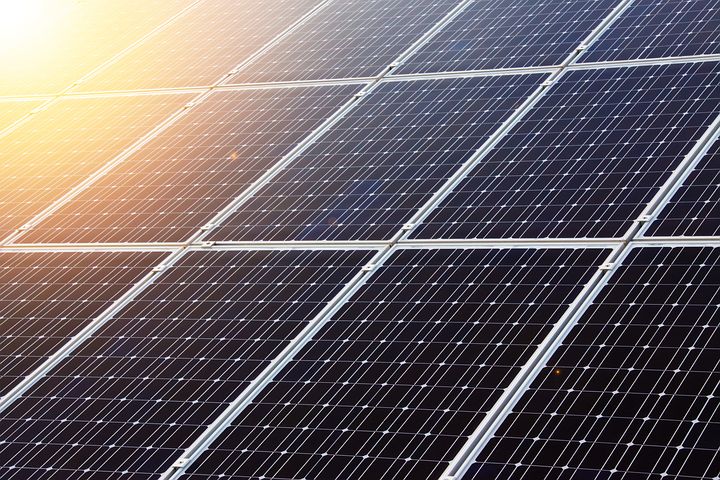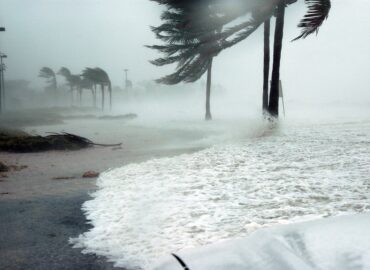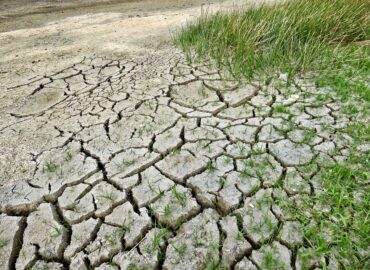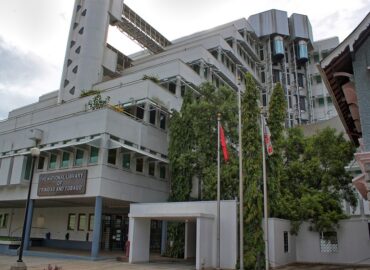Over the past few years, the Caribbean region has seen frequent storms and hurricanes of great intensity. Hurricane Irma, which devastated the region in September 2017, is considered the strongest hurricane formed in the Atlantic Ocean. Such natural disasters undoubtedly cause a great deal of damage to life in this region.
However, what’s more worrying is the fact that they also cause great harm to the region’s economies. The Caribbean is believed to be the world’s most tourist-intensive region. Tourists arrive here from different corners of the world to savor its natural beauty and peaceful environs. Any disastrous natural event, therefore, adversely affects the economy of the Caribbean countries.
Even the moderate storms can reduce the growth of these economies by almost 0.5% of their GDPs. In December 2013, winds that were not even close to the strength of hurricanes occurred in the region. They took a toll on small nations of the Caribbean, such as Dominica and Saint Lucia.
Developing capabilities for sustainable energy technologies
One of the most worrying predictions was made by the World Travel and Tourism Council. It had stated that the Caribbean will become an extremely risky tourist destination between 2025 and 2050. The UNESCO Science Report, in 2015, urged the region to make climate change adaptation its top priority. Over-dependence on tourism and vulnerability to climate-change events are not the only challenges.
The Caribbean states are also faced with high energy costs. It impacts the cost of living and economic competitiveness of the Caribbean economies in a negative way. To develop capabilities for incorporating sustainable energy technologies, the University of West Indies was provided a US$ 600,000 grant. It came from the Inter-American Development Bank (IADB).
The IADB had earlier supported the CARICOM Secretariat in hosting a resource mobilization forum. One of the areas that has been of great interest is the role of information and communication technologies. It can be utilized for managing energy and providing training in sustainable energy technologies.
Strategies for sustainable development
The Caribbean has great potential for renewable energy. Solar, hydro-electric, wind, and geothermal energies can be utilized significantly to enhance the region’s renewable energy capabilities. Efforts are being made by the CARICOM countries to implement the plan of action for sustainable development.
The Programme of Action for the Sustainable Development of Small Island Developing States was first adopted in 1994. It was updated in 2005 and then again in 2014.
Adopting latest technologies and innovations
Efforts are being made to enhance the environmental, socio-economic, and technological resilience of the CARICOM states. This was the main purpose of the first Strategic Plan for the Caribbean Community. It covered the period from 2015 to 2019.
As a part of this plan, steps are being taken for nurturing entrepreneurship, innovation, inclusiveness, and digital literacy. Strategies for making optimum use of the available resources are also being implemented by the Caribbean countries.
The Strategic Plan for the Caribbean Community also focuses on utilizing natural resources in the best possible way. If implemented effectively, the strategic plan would ensure the region’s economic growth. This plan would also improve the economic resilience of Caribbean countries when faced with climate-change events.






